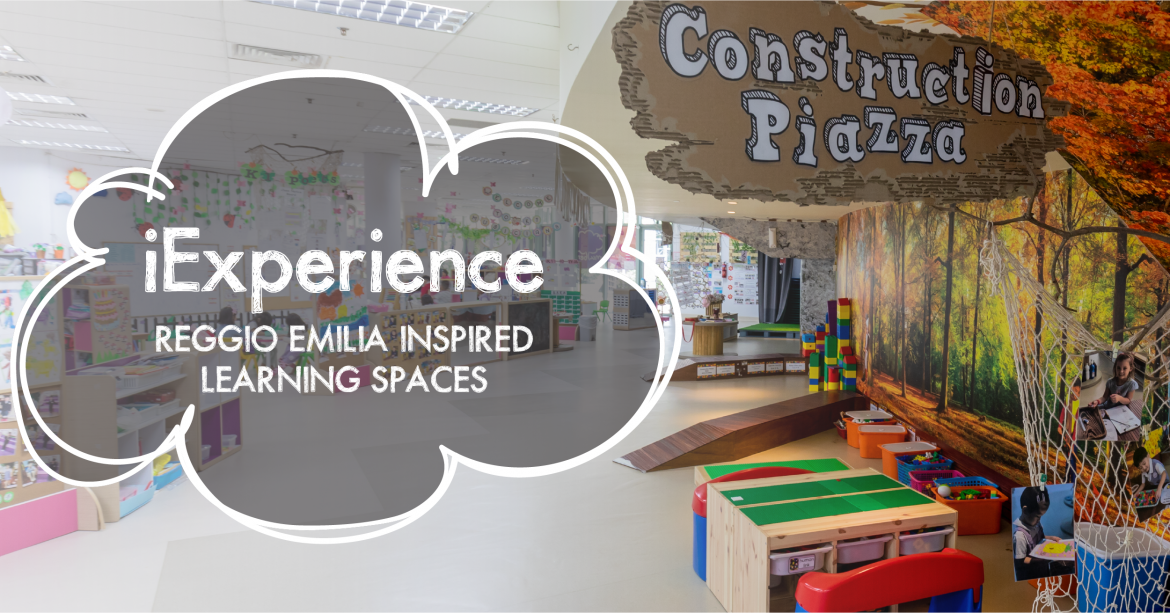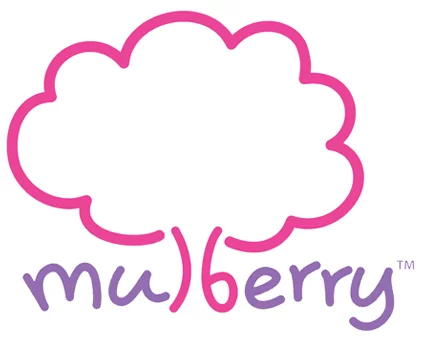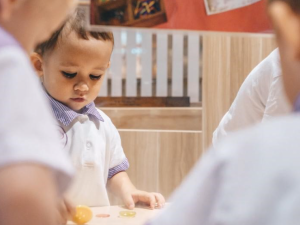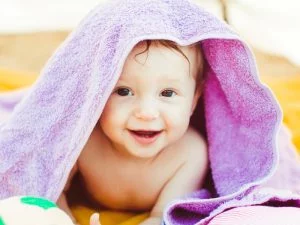

iExperience – Experience Learning in a Reggio-Inspired Environment
Have you observed the environment around you lately? Did you notice or discover something new as you jogged along the scenic routes of Labrador Park or hiked the trails of Bukit Batok Nature Reserve?
There’s always something new to learn every day if we take a moment to observe the environment and the world that we live in. When we do that, we start noticing the amazing lessons and discoveries that it has to offer us. We learn how important even the smallest things are, such as how the microscopic zooplankton is a crucial food source for whales. How important adaptability is for survival. How versatile it is with its rich biodiversity and so much more.
The Reggio Emilia approach firmly believes that the environment plays a significant role in the child’s learning process and is often referred to as the “third teacher”. Loris Malaguzzi, the creator of the approach, describes how educators view the Reggio environment and classroom “as a living organism, a place of shared relationships among the children, the teachers and the parents, that creates a feeling of belonging in a world that is alive, welcoming and authentic”.
This is the reason why so much effort and time is invested to create such environments that will dazzle our senses, invite curiosity and discovery, and most importantly, foster stronger and respectful relationships.
“iExperience”, one of the four components of the proprietary curriculum model by Mulberry Learning, is developed to allow the child to experience learning in a Reggio-inspired environment via functionally designed Learning Spaces. These Learning Spaces are intentional with the aim of encouraging interaction, igniting creativity, critical thinking and discovery.
Learning Spaces at Mulberry Learning Centres
Here are the Learning Spaces that can be found in in our centres.
Art Atelier
There are hundreds of ways that children can express, explore and connect their thoughts, feelings and imaginings. At the multi-sensorial Art Atelier, the children are provided with various tools, mediums and materials that allow their imagination and creativity to soar.
Construction Piazza
With a variety of blocks, LEGO, and recycled materials available for connecting and disconnecting, stacking and constructing, the sky is the limit at the Construction Piazza. Through block and building play, children are able to develop problem-solving and cognitive thinking skills and are able to express their creativity in their own unique ways.
Discovery Cove
The first impression a child gets when he or she steps into the Discovery Cove is the experience of being one with nature. With the availability of authentic and natural materials, children embark on a sensorial exploration that encourages observation and analytical skills – just like a young sleuth.
Imaginary Play Scape
Children learn by observing, imagining and by doing. At the Imaginary Play Scape, children get to explore the world from different perspectives. Make-believe play stimulates their imagination and helps to develop their language and social skills as they collaborate and cooperate with their peers.
Light Atelier
In the Light Atelier, science and art comes together as the children learn about the various qualities of light. This learning space offers them an interactive and hands-on experience as they discover light, shadows, transparency, reflection and more; allowing them to ask questions and create new perspectives on their creativity.
Transient Art
Natural and organic materials can be found at the Transient Art corner for the children to create non-permanent art projects. They can manipulate, combine, redesign, take apart and more to form their masterpieces. Mirrors are available for them to view their unique creations from various angles and dimensions. This corner promotes divergent thinking as they generate creative ideas by exploring many possible solutions.
Children benefit from having the environment as their third teacher and there’s no denying its role as a powerful and effective teacher.
When they find themselves in environments that are aesthetically beautiful, soothing, full of wonder and discovery, they feel intrigued and eager to spend their days learning in this place. Aren’t these the very feelings we want them to have towards learning?
Mulberry Learning is an Award-Winning Reggio Emilia Preschool in Singapore






